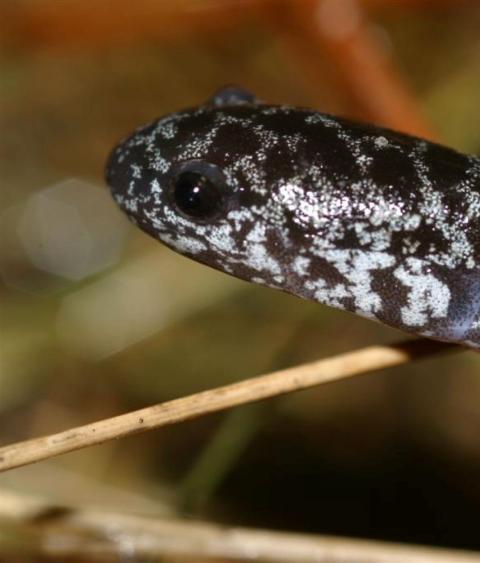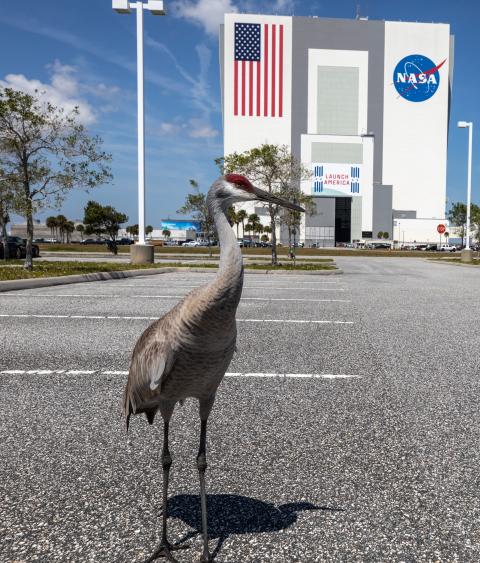Conservation Brief
USGS Study Suggests Urban Growth in Southeast Threatens Stream Health
New research released by the U.S. Geological Survey (USGS) on November 12 suggests anticipated urban development will negatively impact small streams throughout the Piedmont region of the southeastern U.S. Urban land use in the areas surrounding Atlanta, Charlotte, Raleigh/Durham, and the Virginia suburbs of Washington, DC, is expected to triple by 2060 which is projected to cause the loss of more than half of the sensitive fish and invertebrate species in the region. The predictions suggest that fish declines could be seen in about 8,600 additional miles of streams and the invertebrate declines in about 17,000 additional miles of stream. The increased use of pesticides, decrease of dissolved oxygen, runoff of fertilizers, and streamflow alteration are the primary threats to stream health. The findings and models used in the study can help land managers develop strategies to reduce the potential impacts.
“This study provides a warning of how extensive stream degradation from urban development could be by mid-century,” says lead author Peter Van Metre, USGS research hydrologist. “But that’s assuming development continues at a rapid pace and that development patterns and chemical use remain the same. The study also identifies the specific urban stressors responsible for species loss—useful information for devising mitigation strategies.”



